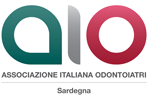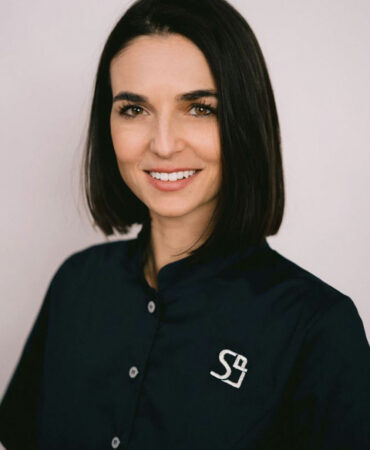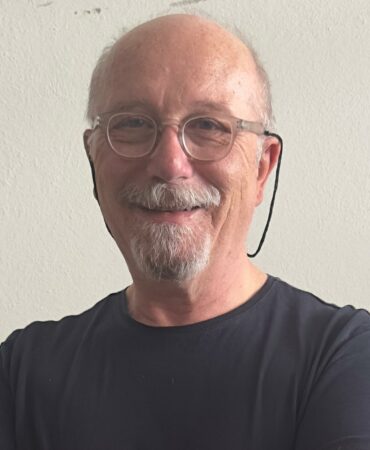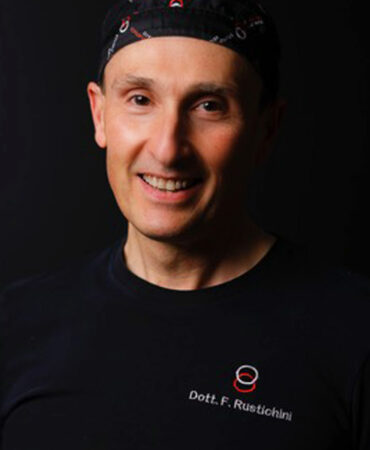Digital Dentistry Session
JUNE 13, 2025
10 ADA CERP/PACE CREDITS
The Digital Approach in Daily Dental Practice
In dentistry new digital tools such as intra and extra oral scanners, conebeam computed tomography (CBCT), software systems for computer-aided design and manufacturing (CAD / CAM) are used in our practices. Innovative manufacturing procedures, such as 3D printing and Laser Sintering are changing the way we treat our patients. As a result, clinical procedures are moving towards completely digital workflows, which can be useful in all fields of dentistry, from conservative and prosthetic, to implant surgery and orthodontics.
9.30 - 10.00 | Intraoral scanners and impression materials: decision-making algorithms
Intraoral scanners have revolutionized clinical and laboratory procedures in the dental field, offering greater precision and comfort for the patient. This report aims to analyze and compare the characteristics of scanners and impression materials, providing decision-making algorithms that guide professionals in choosing between the two different technologies.
10.00 - 10.30 | Guided surgery: static or dynamic approach
Nowadays, in a modern dental office, a digital approach is mandatory for a correct diagnosis, a precise treatment planning and a safe execution of all our clinical cases.
The introduction of new digital devices completely changed our approach to the patients giving us the possibility to perfectly customize our treatments as well as clearly communicate the therapeutical proposes to the patient.
In particular, the applications of these new digital procedures in implantology have totally changed the way we perform the surgical and prosthetic treatments which can be today totally guided with a full digital flow chart from single implant cases to the most challenged ones like full edentulism and wide atrophies.
The guided approach to this discipline might be divided in two categories: the static (stent guided) and the dynamic (navigation guided). Both ways come through the same data acquisition and treatment planning, but the surgical execution is completely different.
From a wide experience on digital implantology, the speakers will present a detailed panorama of the two different ways underlining their benefits and limits.
10.30 - 11.00 | Artificial Intelligence and Mixed Reality in Dentistry
In Dentistry, digital technologies are rapidly gaining ground: new tools such as intra- and extra-oral scanners, conebeam computed tomography (CBCT), software systems for computer-aided design and manufacturing (CAD/CAM) have entered our practices.
The real revolution is the introduction of Artificial Intelligence and Mixed Reality software which simplify both the planning and execution phases of therapies, especially with innovative holographic implant placement.
The “personalized” three-dimensional reconstructions and planning represent a further added value in the regenerative and reconstructive surgery therapies of bone tissue in the dental and maxillofacial fields.
The necessary tools will be analyzed and how to choose and use them in various clinical applications with predictable results.
11.00 - 11.30 | Break
Moderator: Carlo Mangano
11.30 - 12.00 | DEFINITIVE SCREW-RETAINED IMPLANT-SUPPORTED FULL ARCH PROSTHESIS WITH TOTAL DIGITAL WORK FLOW
In recent years, the industry has placed considerable emphasis on intraoral scanner technology, promising us unprecedented clinical results. However, recent research has highlighted a significant gap in this premise: the intrinsic characteristics of the scanners and human intervention can negatively affect the final outcomes. Not only accuracy (trueness and precision) but also the difficulty of performing a continuous scan without introducing a stitching effect (similar to the typical restoration processes of ceramic cups developed by Japanese ceramists at the end of the 1400s, known as Kintsugi). The goal is to obtain a mesh that allows for the design and fabrication of a monolithic zirconia structure that fits passively and can be stabilized without tension on the implants, with a fully digital workflow. To begin with, it is necessary to avoid a scan that results from a fragmented set with stitching lines that can distort, deform, and alter the shape of the arch we are scanning. Subsequently, to address and compensate for the errors generated during the scan, the IOSFIX® software and its advanced algorithm come into play. Through IOSFIX® and rigorous protocols, these errors are eliminated and compensated for, establishing a new standard in precision and effectiveness in digital dentistry. IOSFIX® standardizes the mesh and, thanks to the calibration offered by RINGFIX®, the size of any scanned component is known, allowing for the correction of both precision and dimensional trueness.
12.00 - 12.30 | Digital workflow in fixed prosthetics
The digital workflow has transformed fixed prosthodontics, enhancing precision, efficiency, and communication among clinicians, technicians, and patients. This presentation outlines key steps of the digital process: diagnosis, intraoral scanning, CAD/CAM design, and manufacturing. Innovative materials, clinical benefits (reduced time, marginal precision), and strategies to overcome current challenges will be discussed. The goal is to provide practical insights for successfully integrating digital technologies into daily practice, improving patient experience and prosthetic outcomes.
12.30 - 13.00 | Total digital prosthesis
Digital total dentures revolutionize the treatment of edentulous patients, improving precision, efficiency and comfort. This report illustrates the digital flow, from scanning to production, highlighting advantages such as reduced time, aesthetic customization and predictability of the therapeutic result.
Validated protocols and innovative materials will be analysed, with a focus on clinical optimization and positive impact on daily practice. Practical advice will be provided to effectively integrate digital technology and improve the patient experience.

Contacts – Privacy e cookies policy
© 2024- AIO Cagliari Oristano – Via San Giovanni 97 – 09100 Cagliari – Partita IVA 03675540920
Webmaster by Mobilbyte








